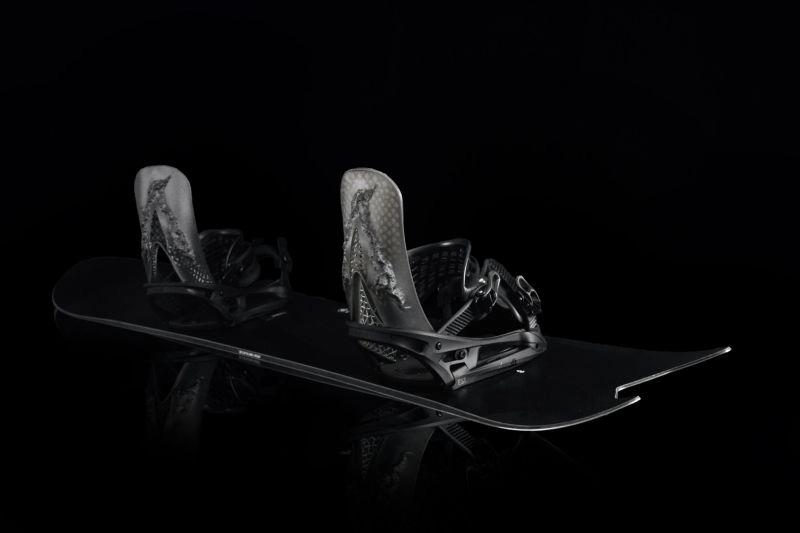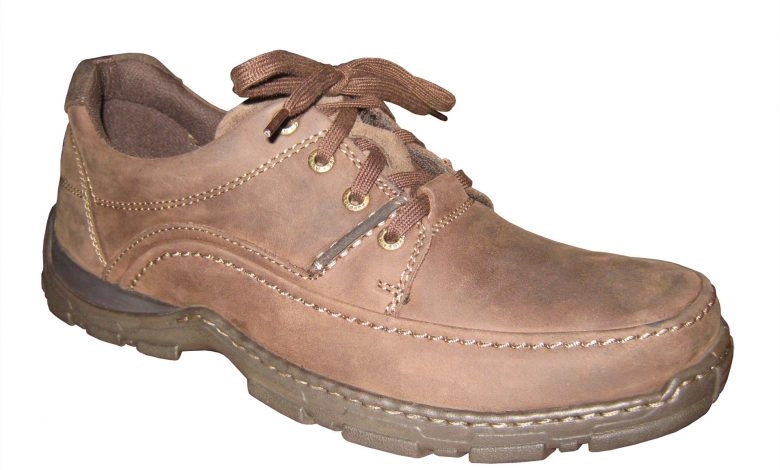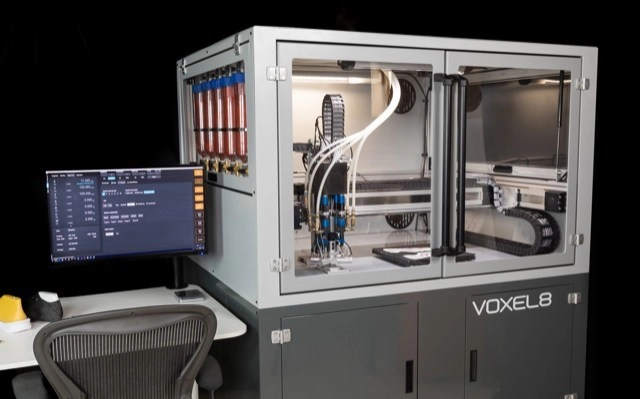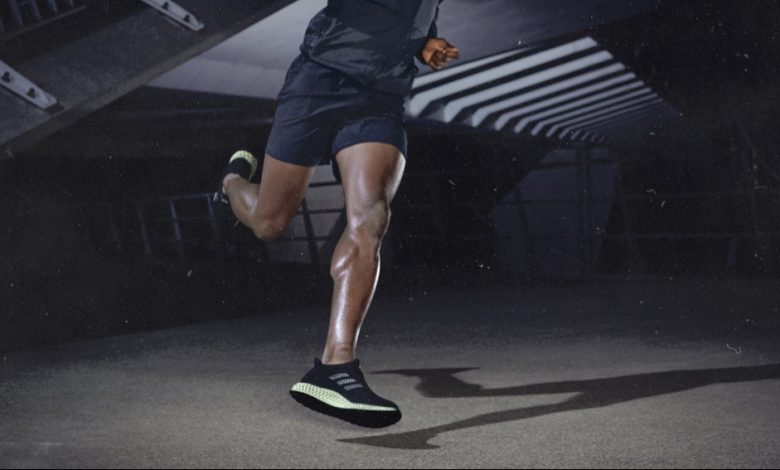KAV Launches 3D Printed Bike Helmet for Consumer Market
From the ice to the roads, Californian startup KAV has expanded its range of protective gear today with the launch of a 3D printed bike helmet. The new product follows the company’s original release last year: a custom 3D printed helmet for ice hockey.










